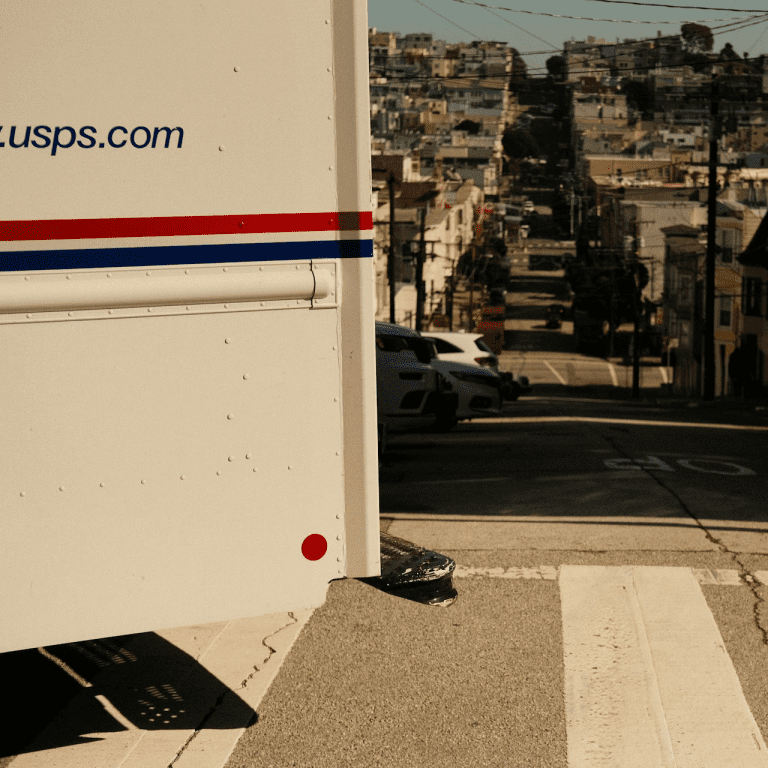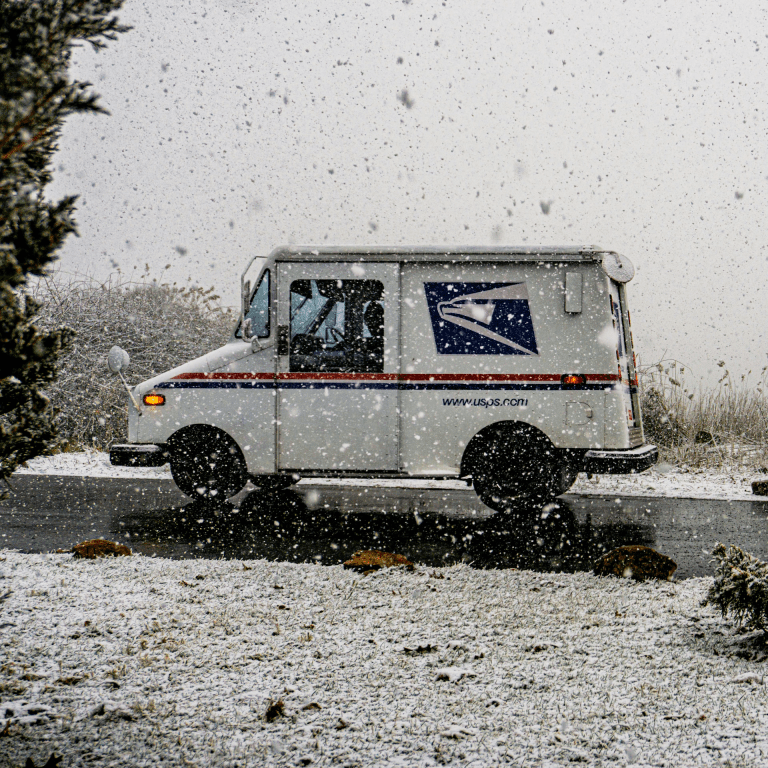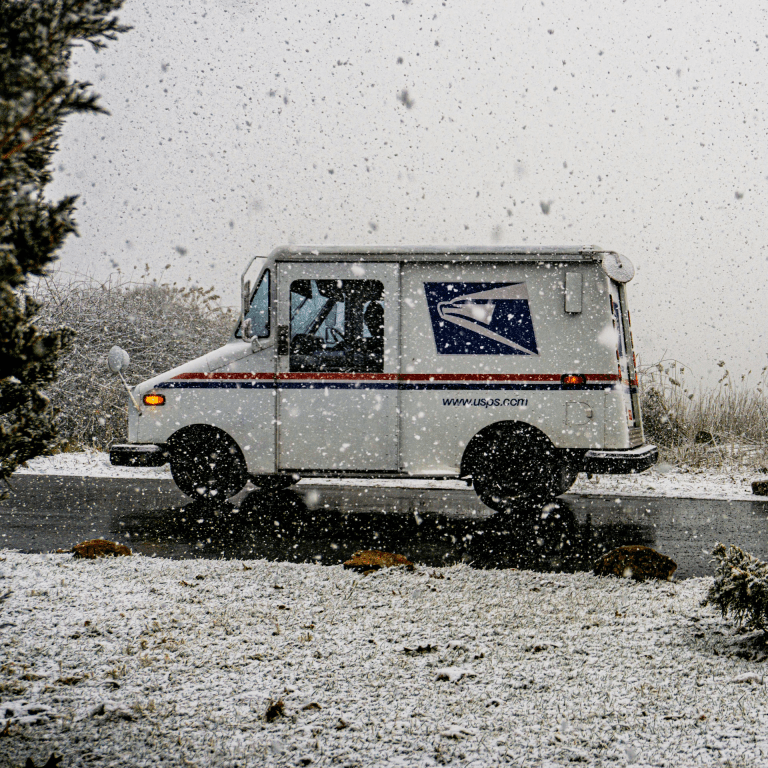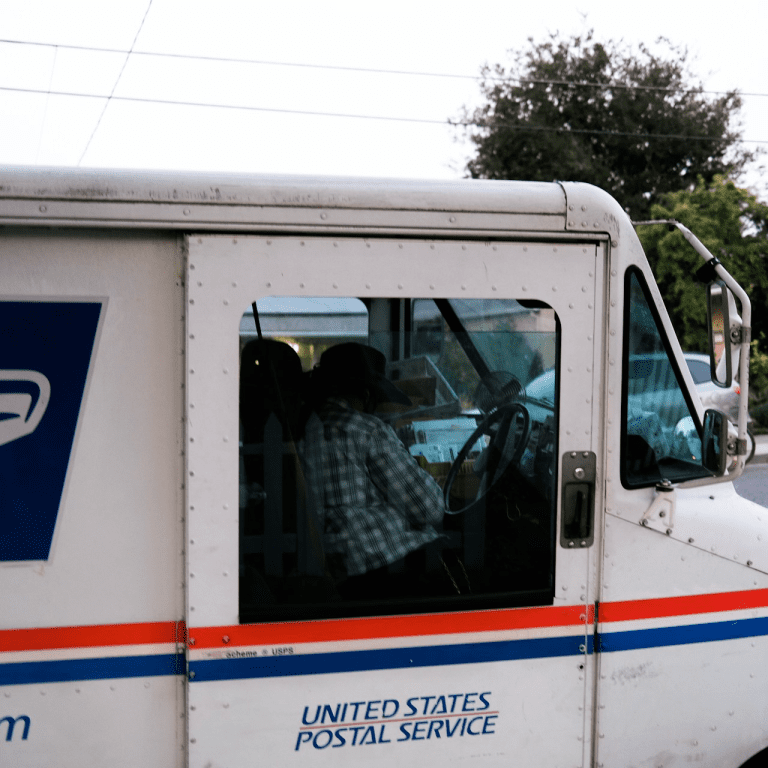Key Takeaways:
- Enrollment in the PSHB Program requires meeting specific eligibility criteria, including mandatory Medicare Part B enrollment for annuitants.
- Adhering to important deadlines and understanding the enrollment process are crucial for maintaining health coverage.
How Does the Enrollment Work for the PSHB Program?
The Postal Service Health Benefits (PSHB) Program, set to begin on January 1, 2025, offers comprehensive health benefits to USPS employees, retirees, and their eligible family members. This article will guide you through the enrollment process, eligibility criteria, critical deadlines, and necessary documentation for a smooth transition to the PSHB Program.
Determining Eligibility for PSHB Enrollment
Eligibility for the PSHB Program encompasses several key criteria that must be met:
- USPS Employees and Annuitants: All current USPS employees and annuitants are required to transition from the Federal Employees Health Benefits (FEHB) Program to the PSHB Program. This transition is mandated by the Postal Service Reform Act of 2022.
- Medicare Part B Enrollment: Postal annuitants who are eligible for Medicare Part B must enroll in Part B to remain eligible for PSHB coverage. Failure to enroll in Medicare Part B, or disenrolling from it, will result in loss of eligibility for the PSHB Program.
- Family Members: Eligible family members include spouses and dependent children who meet the requirements outlined by the Office of Personnel Management (OPM). Ensuring that all dependents are eligible is crucial for maintaining uninterrupted coverage.
Meeting these eligibility requirements is essential for successfully enrolling in the PSHB Program. USPS employees and annuitants should verify their eligibility status and complete any necessary steps to ensure compliance well before the program’s start date.
Detailed Steps in the Enrollment Procedure
Enrolling in the PSHB Program involves a structured process designed to facilitate a smooth transition:
- Review Eligibility: Verify that you meet the eligibility criteria, including the Medicare Part B enrollment requirement if applicable. This step is crucial to avoid disruptions in coverage.
- Gather Necessary Information: Collect all required documents and information, such as personal identification, employment details, and proof of Medicare enrollment. Having these documents ready will expedite the enrollment process.
- Complete Enrollment Forms: Fill out the required enrollment forms during the designated Open Season period, which begins on November 11, 2024. Accurate completion of these forms is essential to avoid delays in coverage.
- Submit Documentation: Submit all necessary documentation to OPM for processing. Ensure that all forms are correctly filled out and submitted within the specified timeframe to guarantee a smooth transition to the new program.
Following these steps meticulously will help USPS employees and annuitants ensure they are enrolled in the PSHB Program without issues. Keeping track of deadlines and required documents is essential for a seamless enrollment experience.
Critical Enrollment Deadlines to Note
Adhering to important deadlines is crucial for a successful enrollment:
- Medicare Part B Enrollment: Ensure that you are enrolled in Medicare Part B before the PSHB Program begins on January 1, 2025. This is a critical requirement for annuitants to maintain their eligibility for the PSHB Program.
- Open Season: The transitional Open Season for the PSHB Program starts on November 11, 2024, and runs through December 9, 2024. During this period, eligible individuals must complete and submit their enrollment forms. Missing this deadline could result in a lapse in coverage.
Staying informed about these deadlines and planning accordingly will help USPS employees and annuitants transition smoothly to the PSHB Program. Regularly checking official communications from the USPS and OPM will provide the latest updates and reminders about these important dates.
Essential Documentation for Enrollment
Having the correct documentation is vital for a smooth enrollment process. Ensure you have the following:
- Personal Identification: Valid ID such as a driver’s license, passport, or USPS employee ID.
- Employment Details: Information about your employment status, such as job title and department.
- Proof of Medicare Enrollment: Documentation showing that you are enrolled in Medicare Part B, if applicable.
- Enrollment Forms: Completed PSHB enrollment forms, which can be obtained during the Open Season period.
Ensuring that all documentation is accurate and complete will facilitate a smooth enrollment process and help avoid any delays or issues with coverage.
Navigating the Transition
The transition from FEHB to PSHB requires careful planning and adherence to specific requirements. USPS employees and annuitants must stay informed about the latest updates and guidelines from OPM to ensure a smooth transition. Regularly checking official USPS and OPM communications will help individuals stay on track with their enrollment and maintain their healthcare coverage without interruptions.
- Stay Informed: Regularly visit the official USPS and OPM websites for updates on the PSHB Program. Sign up for newsletters and alerts to receive the latest information directly.
- Seek Assistance: If you have any questions or need assistance with the enrollment process, contact the designated support channels provided by USPS and OPM. Utilizing these resources can help resolve any issues promptly.
- Plan Ahead: Begin gathering necessary documents and reviewing eligibility requirements well in advance of the Open Season. Early preparation can help avoid last-minute complications and ensure a smooth transition to the new program.
By staying proactive and informed, USPS employees and annuitants can navigate the transition to the PSHB Program effectively and continue receiving comprehensive health benefits.
Ensuring a Smooth Transition
The shift to the PSHB Program represents a significant change for USPS employees and annuitants. Here are additional tips to ensure a seamless transition:
- Understand Plan Options: Review the different health plans available under the PSHB Program. Compare the benefits, costs, and coverage options to choose the plan that best meets your needs.
- Attend Informational Sessions: Participate in informational webinars and sessions offered by USPS and OPM. These sessions provide valuable insights into the enrollment process and the benefits of the PSHB Program.
- Communicate with HR: Stay in touch with your human resources department for personalized assistance and guidance. HR representatives can provide specific information about your eligibility and the enrollment process.
Taking these proactive steps will help USPS employees and annuitants make informed decisions and smoothly transition to the new PSHB Program.
Conclusion: Smooth Transition to Comprehensive Health Coverage
Successfully enrolling in the PSHB Program is crucial for USPS employees and annuitants to continue receiving comprehensive health benefits. By understanding the eligibility requirements, following the enrollment steps, and adhering to key deadlines, individuals can navigate the transition smoothly. Staying informed about the benefits and updates from OPM will ensure that USPS employees and their families receive the best possible healthcare coverage through the PSHB Program.•••••••
Contact Information:
Email: [email protected]
Phone: 9319807454
Bio:
Rod began his insurance career in Fort Worth in 1983. He was a successful agent, sales manager, and Regional Manager in Lubbock Texas. Rod moved home to Clarksville TN in 1989 where he became an independent agent working with mostly the senior population. Rod began working in the early 1990s almost exclusively with seniors helping them navigate Medicare along with a new product called Medicare Advantage along with Part D drug plans. Rod has since taken certifications and training to become an expert in helping seniors find the best plans for them. Also about this time, Rod began working with Federal Employees. He soon found out there was a shortage of information for these employees so again Rod became proficient in helping those who needed it most. Now he works with employees at or near retirement when leaving the Postal Service.












